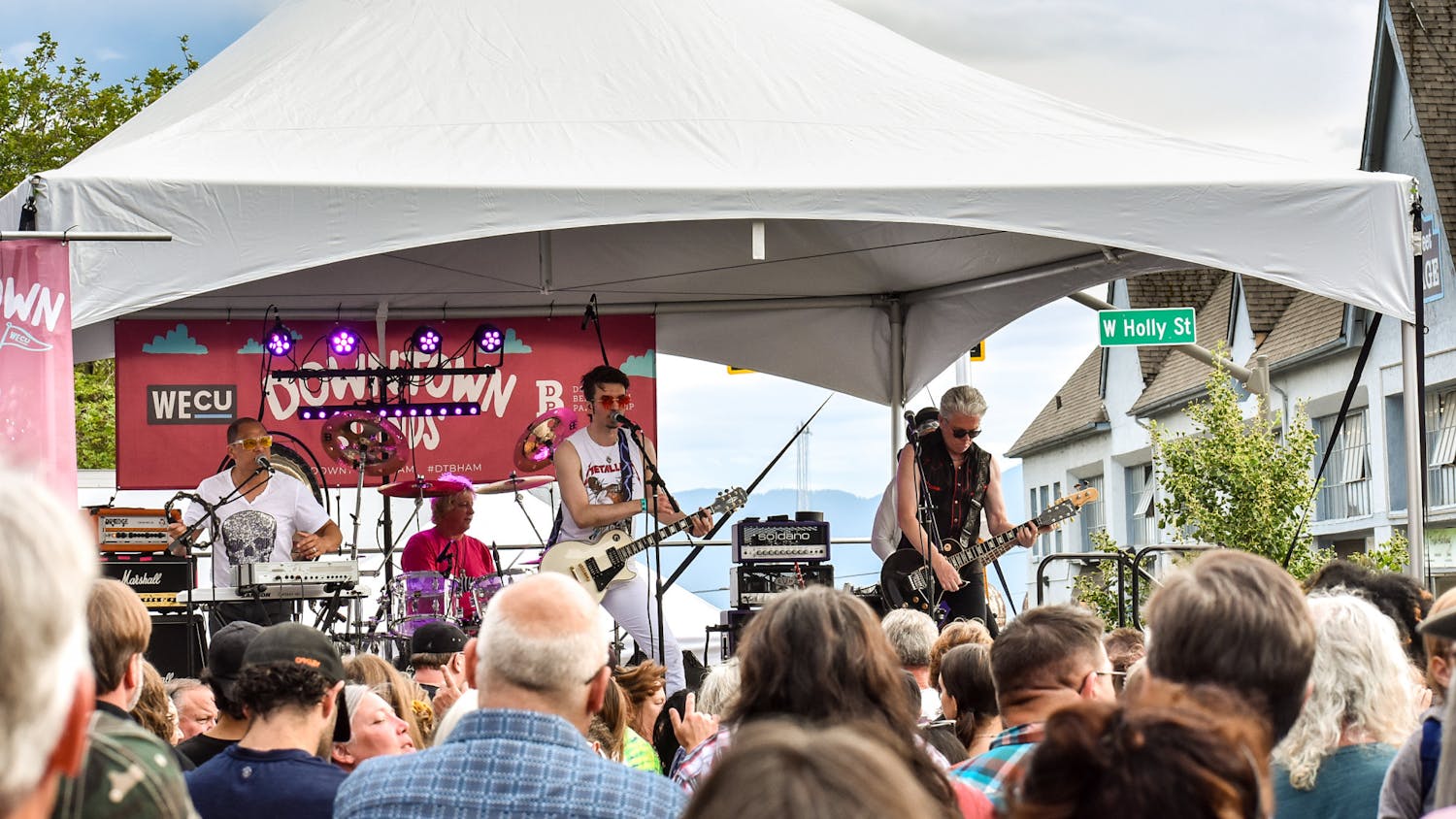On Instagram, Facebook and Twitter, environmental activists and celebrities are swarming the hashtag #SavetheBees. What does #SavetheBees even mean? Every season the numbers of our pollinators are plummeting, and the risk of endangerment of honeybees becomes more and more of a reality. The destruction of the toxic chemicals in today’s agriculture and processed food system plays a huge role to bees’ endangerment. This toxic sting is why we are losing what brings life to what we eat.
In 2016, Washington state alone lost 31 percent of our bees, according to the USDA Bee Informed Partnership.
My friends call me a busy-bee, but ironically being around the buzz of the hive keeps me grounded. This is thanks to my childhood home where my mom keeps multiple urban beehives in our backyard in the heart of Seattle. Sustainability is a major priority within my generation, not just for Western students. Naturally companies are following the marketing trends and being dishonest in the process. This past winter Honey Nut Cheerios practiced greenwashing, a practice in which a company promotes ideologies that its business doesn’t apply to appeal to those who have intentions of being a ‘conscious consumer,’ by launching a campaign on the trend #SavetheBees. The familiar honeybee went missing from the front of the cereal box to emphasize the endangerment of our honeybee population. The campaign included the ideology ‘“People need bees, now bees need people.” The company set out with the goal to plant a million seeds nationwide, which it has now exceeded by over a billion at this point. If you clipped the back of your cereal box, mailed in the clip into the headquarters, it would mail you flower seed packets. This created a lot of buzz throughout social media, in turn creating profit for the cereal brand. This is spreading awareness, but also invasive seeds that compete with our environments. GMO fields are what carry a majority of the pesticides, like neonicotinoids, a common agriculture chemical that is lethal for bees. The first ingredient of Honey Nut Cheerios may not include GMOs, however the rest of the ingredient list does. The sweet part about this campaign for Cheerios is the lack of honesty within the honey, for its practices are what's endangering our pollinators.
“Bee populations are dying at a rate that we have never seen before.”
David Stein, Outback Farm coordinator Stein said that these toxic products that are being sprayed throughout yards and fields are affecting bee colonies, ending up in the airstreams and water systems. “Bee populations are dying at a rate that we have never seen before,” Stein said. If the Cheerios campaign has one thing right, it’s that we should be planting more flowers for pollen for our pollinators. Hopefully organically without the use of herbicides that kill bees or compete with our native seeds. Invasive species compete with native species in each individual environment and can off-set mother nature. We
What vikings can do:
On campus, you can become a bee-keeper for free! Twice a week, every Wednesday and Saturday at 1 p.m. at the AS Outback Farm behind Fairhaven’s dorms. “It's just such a cool opportunity to be able to come to the farm, suit up in your bee suit and get to work,” Stein said. Sign Xerces Society’s pollinator protection pledge to spread awareness for our endangered bees and you pledge to:- Grow a variety of bee-friendly flowers that bloom from spring through fall.
- Protect and provide bee nests and caterpillar host plants.
- Avoid using pesticides, especially insecticides.
- Talk to my neighbors about the importance of pollinators and their habitat.





